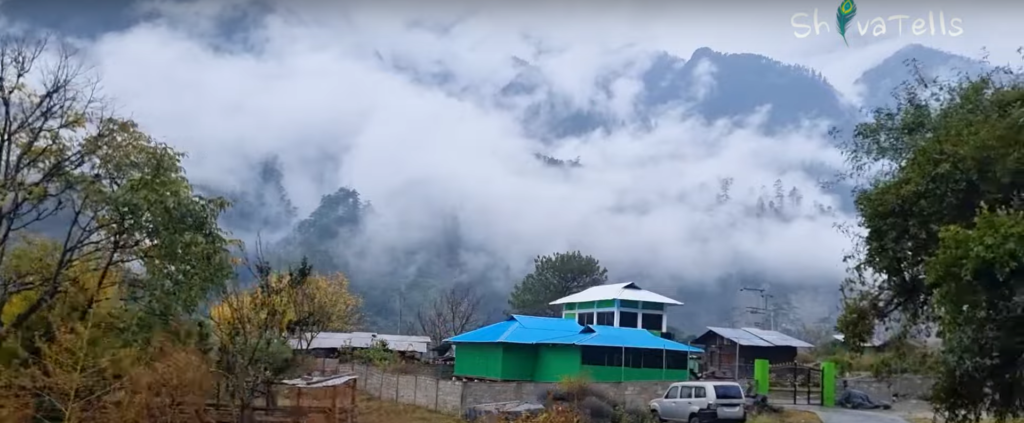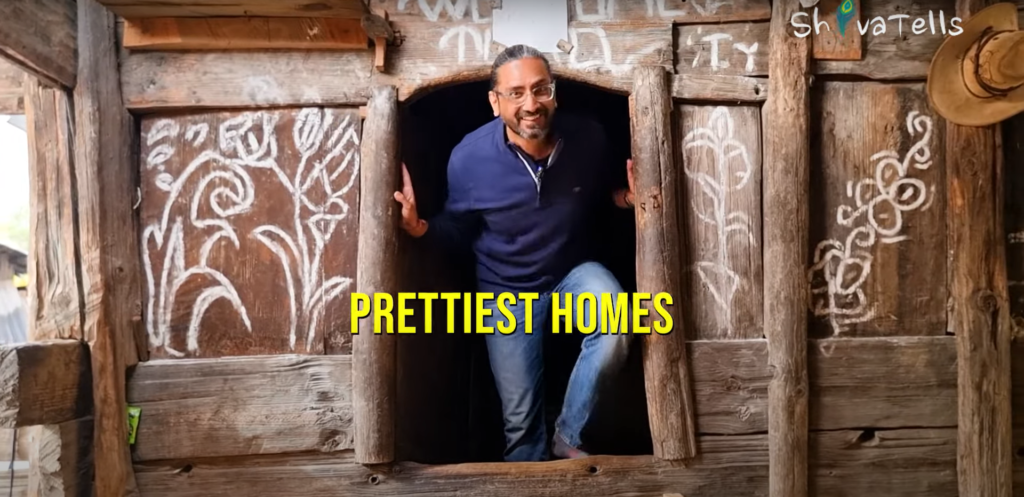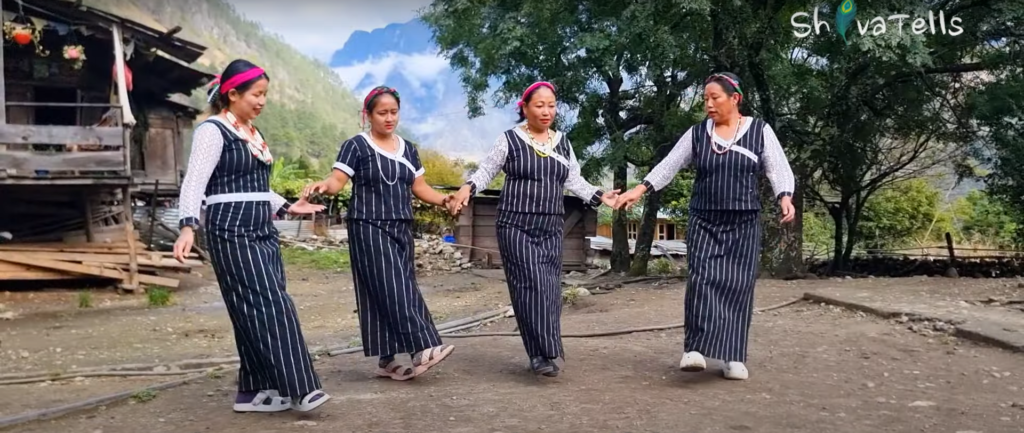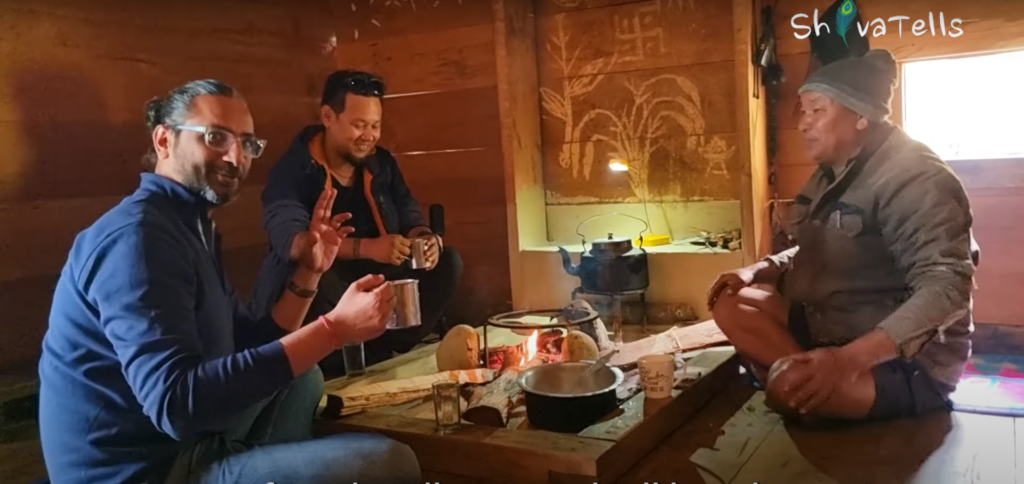The mist clung heavy to the mountains, swirling around the ancient pines like secrets whispered on the wind. Here, at the edge of India, where the very first rays of dawn kissed the horizon, lived the Meyor tribe. Their villages, nestled amongst the emerald valleys of Arunachal Pradesh, were a tapestry woven from timeworn traditions and the raw beauty of the eastern Himalayas.
My name is Shiva, and for as long as I can remember, I’ve been drawn to the stories whispered about these enigmatic people. Tales of warriors clad in yak hide, of festivals vibrant with color and dance, and a way of life intricately connected to the land – these were the whispers that lured me here. Today, the adventure begins. We’ll journey into the heart of the Sunrise tribe’s land, their customs our guide, their stories our map. Are you ready to lose yourself in the magic of Arunachal Pradesh?
Table of Contents
The Journey Begins
The call of adventure echoed in my heart, a yearning to unearth the veiled treasures of Arunachal Pradesh, the “Land of the Rising Sun.” My quest led me to the easternmost reaches of Anjaw district, where the mystical Meyor tribe weaves their stories into the very fabric of the mountains. This remote community, nestled right at the tri-junction of India, Burma, and China, holds a special place in the tapestry of the land.
Here, villages like Kaho and Kibithu stand out, not just for their captivating beauty, but for their claim to fame – the “first villages of India.” Imagine, the very first blush of dawn kissing these lands, painting the snow-capped peaks with the promise of a new day. In these villages, tradition thrives, beckoning me to delve deeper into their captivating heritage.

Meyor Tribe History
The history of the Meyor Tribe is as intriguing as their traditions. Once thriving in the serene valleys of Arunachal Pradesh, the Meyor people faced significant challenges over the years. Historical records show that they endured hardships, especially during the 1962 Sino-Indian War, which divided their community between India and China. Today, only around 1,000 Meyor Tribe people remain in India, carrying forward their legacy with pride and resilience. Their history is intertwined with influences from Tibetan culture, which has led to the adoption of Buddhism. Despite these influences, the Meyor people have preserved unique aspects of their Indian heritage, evident in their distinct customs and practices.
Discovering the Unique Meyor Houses

As I stepped into the serene village of Masai, a short distance from Kaho, I was greeted by the sight of an extraordinary house. This wasn’t just any house; it was a masterpiece of traditional Meyor architecture. Imagine a house built entirely by hand, without a single nail! Each piece of wood was meticulously carved and fitted together like a jigsaw puzzle. These houses once had two floors, but now only single-story structures remain, each telling a story of resilience and craftsmanship.
The warm hospitality of the house owners left me in awe. They showed me around, explaining how every wooden slab was hand-carved and how the entire structure was assembled with such precision. It’s like stepping into a childhood dream house, surrounded by flowers, a small water stream, and the beautiful Gaya forest and valleys.
The Story Behind the Small Doors:
One of the most intriguing aspects of Meyor tribe houses is their small doors. There’s an interesting legend associated with this. It is believed that these tiny entryways were designed to keep ghosts at bay. The idea is that a ghost, or any evil spirit, wouldn’t be able to enter the house through these small doors, thus protecting the inhabitants from harm.
The Artistic Identity of Meyor Homes:
Another captivating feature of these houses is the intricate graffiti and drawings adorning their walls. Made from paddy paste, these artistic designs are believed to bring blessings and positivity to the household. It reminded me of the traditional Rangoli art, where the more elaborate the design, the more it attracts divine blessings.
The Sacred Kitchen:
The kitchen in a Meyor house is more than just a place to cook; it’s considered sacred. Made of mud, it is kept exceptionally clean and pure. The Meyor people believe that any contamination, like a drop of blood while cooking meat, can anger the gods and bring punishment. This respect and reverence for the kitchen underline their deep spiritual connection with food and cleanliness.
A Glimpse of Meyor Culture

After exploring the beautiful houses, I made my way to Long Basti, where I witnessed the vibrant culture of the Meyor Tribe. Boys and girls participated in a traditional dance competition, their rhythmic movements and melodious songs echoing through the village. The energy was infectious! The Meyor youth dressed in their traditional attire, showcasing the rich cultural heritage through their dances and songs. This event wasn’t just about competition; it was a celebration of their identity, unity, and joy. The older generation watched with pride, knowing that their customs and traditions were in safe hands. The sense of community and togetherness was palpable, and I felt incredibly honored to be a part of this beautiful tradition.
Tasting the Local Food

No journey is complete without savoring the local cuisine. The Sunrise Tribe has a special local cocktail called Boma, made from fermented rice and herbs. To prepare this delightful drink, fermented rice beer is mixed with butter or cow’s ghee, eggs, and honey. This concoction is not just a treat for the taste buds but also considered to have health benefits, helping to relieve fatigue and other ailments.
Though I couldn’t partake in the drink due to my Ekadashi fast, my friends who tried it were thoroughly impressed. They described it as one of the coolest cocktails they’ve ever had, a perfect blend of flavors that left them feeling refreshed and rejuvenated.
Preserving the Meyor Heritage
The traditions and rituals of the Sunrise Tribe are slowly disappearing, and it is our responsibility to help preserve them. By sharing their stories, we can raise awareness and contribute to the protection of this unique culture. The Meyor people, with their rich history and vibrant traditions, are a testament to the diverse cultural tapestry of India.
Their heritage is not just about physical structures or artifacts; it is about the spirit and values they embody. Respect for nature, communal harmony, and spiritual devotion are integral to their way of life. In an era of rapid modernization, it is crucial to recognize and honor these values. Supporting the Meyor tribe community, whether through responsible tourism or cultural initiatives, can make a significant difference in preserving their way of life.
Travel Tips for Visiting Sunrise Tribe Villages
- Plan Your Visit: The best time to visit Arunachal Pradesh is from October to April, when the weather is pleasant and conducive for travel.
- Travel Permits: Foreign tourists need a Protected Area Permit (PAP), while domestic tourists require an Inner Line Permit (ILP) to enter Arunachal Pradesh.
- Respect Local Customs: Always respect the local customs and traditions. Ask for permission before taking photographs and be mindful of their cultural sensitivities.
- Stay Prepared: Dress comfortably and be prepared for some bumpy rides.
- Local Accommodation: Opt for homestays to get an authentic experience of the local lifestyle and culture. The hospitality of the Meyor tribe people is heartwarming and adds to the charm of the visit.
Conclusion
My journey to the Sunrise Tribe was an unforgettable experience filled with unique insights, heartwarming interactions, and breathtaking landscapes. The Meyor people, with their rich traditions and unwavering spirit, offer a glimpse into a world where time seems to stand still. As I continue my travels, I carry with me the stories and memories of the Meyor Tribe, hoping to share them with the world and contribute to preserving their incredible heritage.
Join me on ShivaTells for more adventures as we explore the hidden stories and treasures of India’s diverse cultures and tribes. Until next time, keep exploring and stay curious!
Other stories from Arunachal Pradesh
- I saw Human SKULLS | Real HEADHUNTERS | Arunachal Pradesh
- Hidden paradise Anini | Dibang Valley | Chigu Camp | Dri river | Arunachal Pradesh
